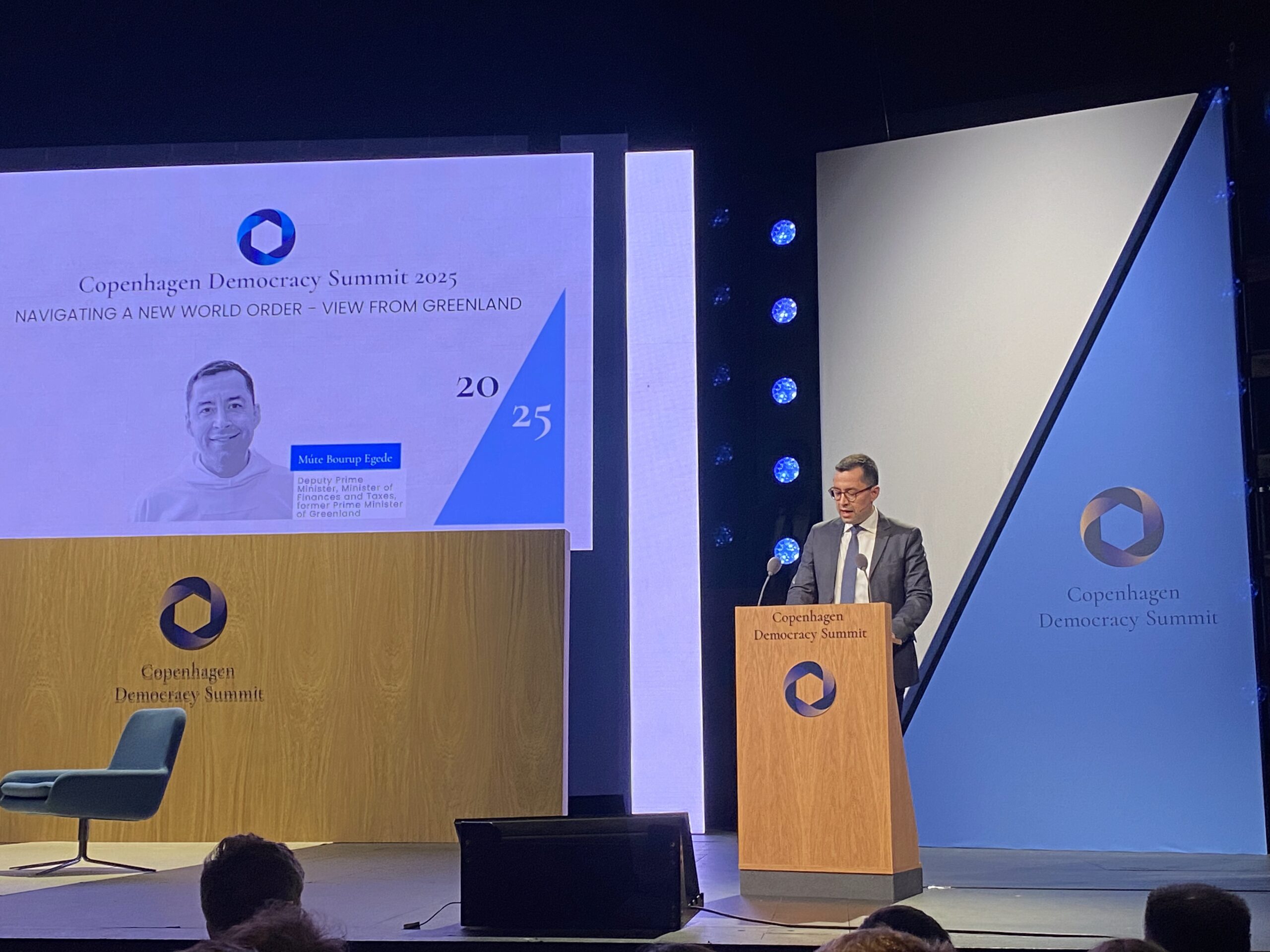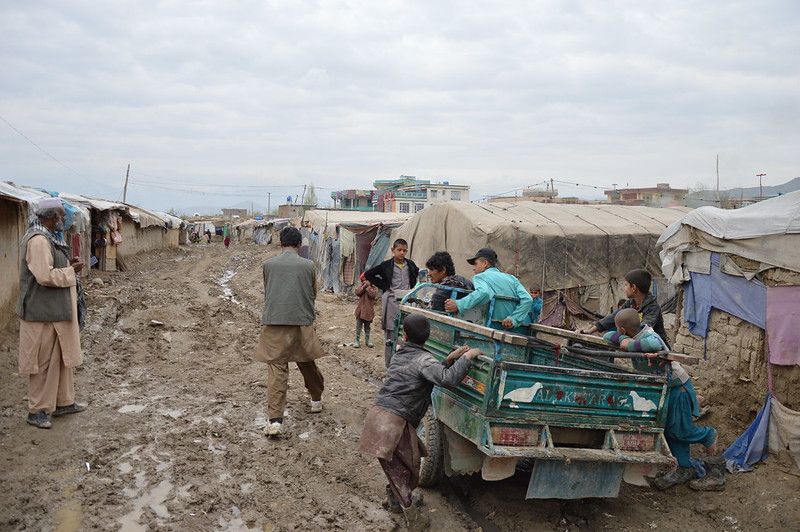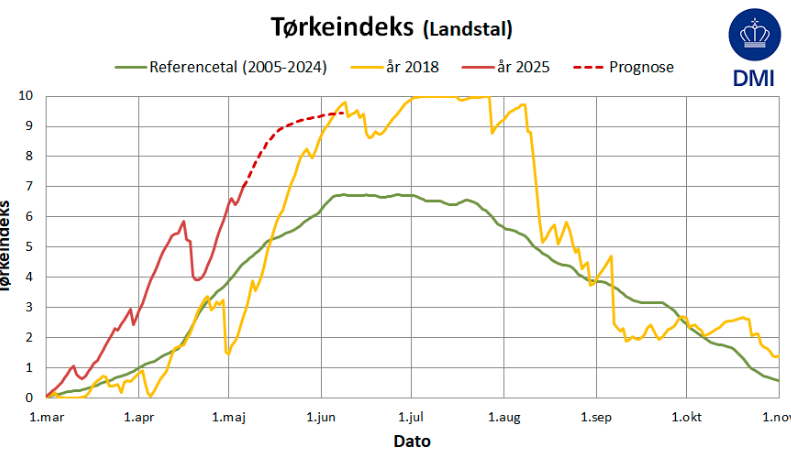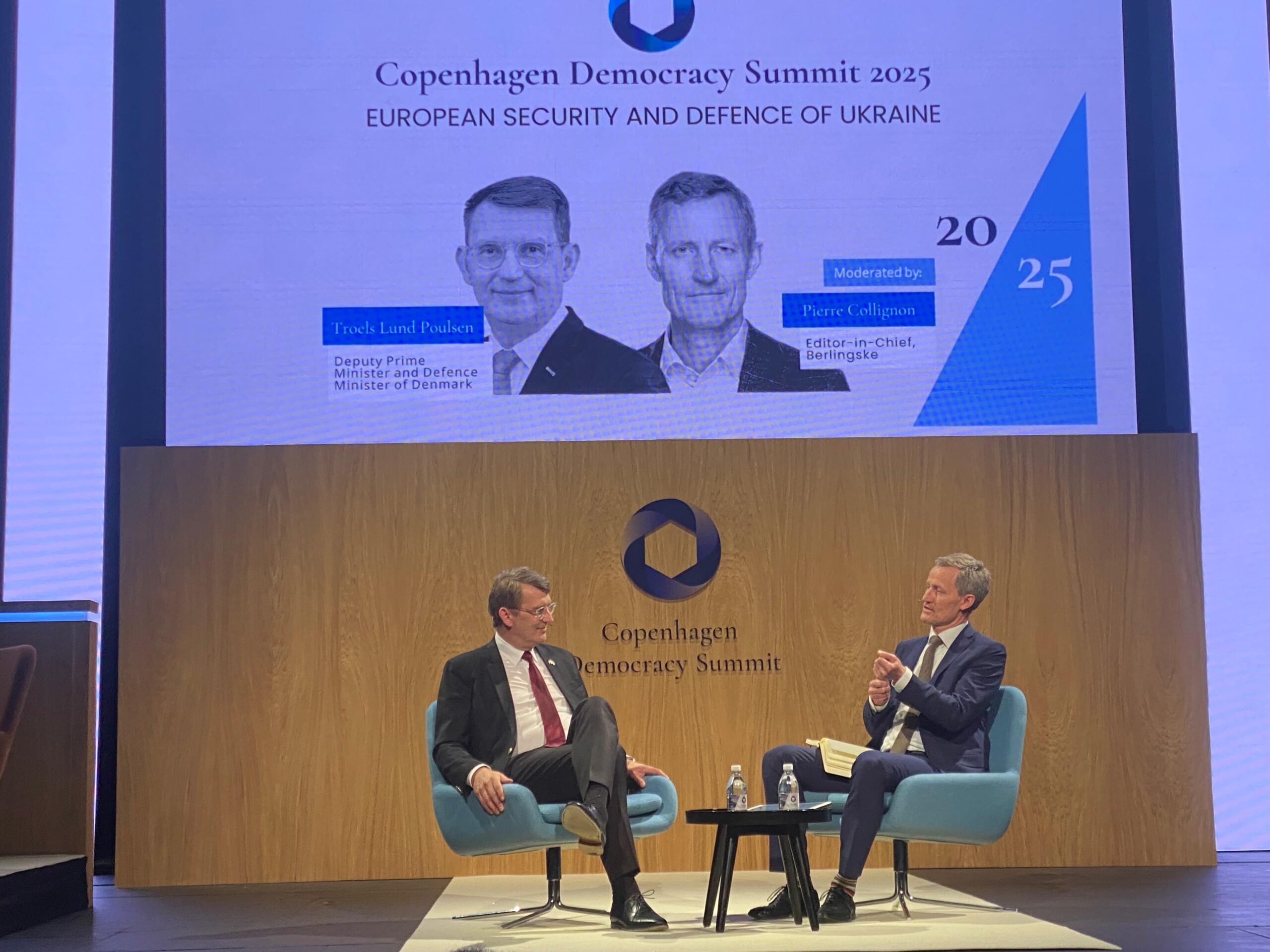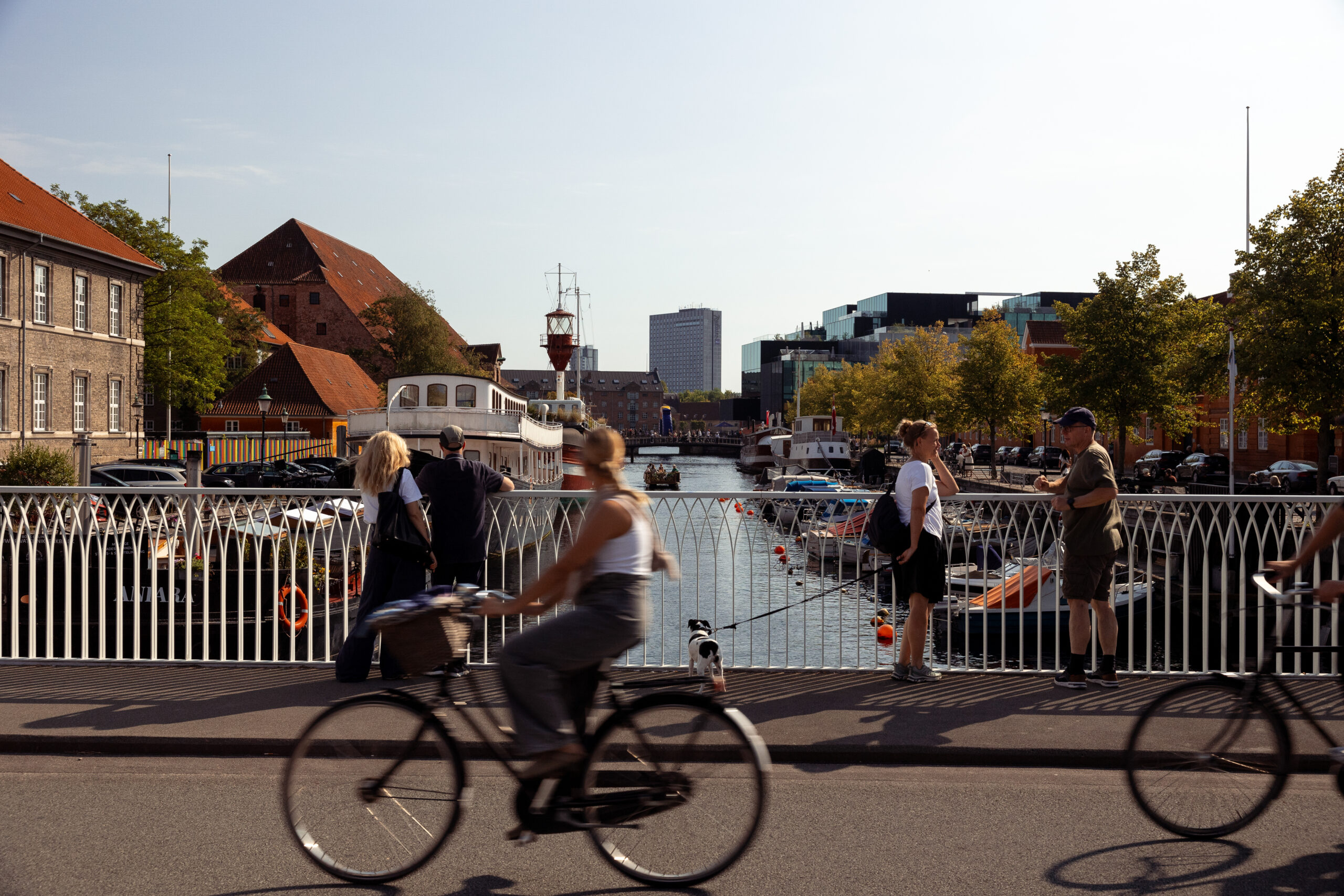The disparity between the wealthiest and poorest people in Denmark has widened considerably in recent years, according to the labour market organisation Arbejderbevægelsens Erhvervsråd (AE).
AE revealed in its report (here in Danish) that today the wealthiest 10 percent account for over one fifth of the total wage income – an increase of about 30 percent since 2003. The income of the poorest 10 percent, meanwhile, has decreased over that same period.
“If Denmark is to live up to the UN targets for 2030, it will need to see a different development to the one we’ve seen over the past 10 years,” AE wrote in its report.
“The latest initiatives from the government – an integration benefit which is comparable to SU levels and a new ceiling for the social benefit kontanthjælp – is moving in the wrong direction. Denmark must change course if it hopes to reach the UN target regarding equality.”
AE suggests focusing more on increasing the education levels of the low-end income groups to help the estimated 12,000 people who hadn’t obtained a youth education by the age of 25 and who mostly hail from socially-vulnerable families.
Furthermore, Denmark should upgrade more of the unskilled workers in the labour market, according to AE.
READ MORE: Widest wealth disparity found in Gentofte Council
UN 2030 target
One of the UN’s targets for its new 2030 goals includes reducing the economical disparity between countries and within countries.
Within this spectrum, it would like to see higher proportional income increases among the poorest 40 percent than the rest of the population.
In Denmark, the average income increase for the entire population since 1985 has been around 60 percent. Among the poorest 40 percent, however, the increase has been just 40 percent.



